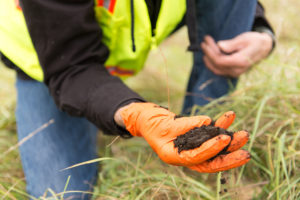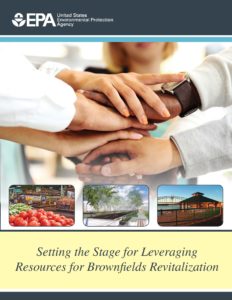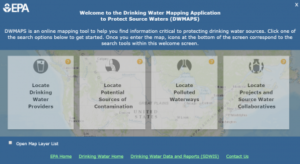The Remediation and Redevelopment Program has recalculated the hourly review fee rate for sites in the Voluntary Party Liability Exemption (VPLE) program. As required by law (Wis. Admin. § NR 750.07), the fee is calculated each year using the rates for current wages, fringe and indirect costs. The rate will not change for the upcoming year and will continue to be $105/hour for the state fiscal year 2017 which began July 1, 2016 and ends June 30, 2017. This rate has remained unchanged since July 2014.
The Wisconsin DNR’s VPLE program allows for anyone to conduct a complete investigation and remedial action of a piece of property and receive an exemption from future liability that is transferable to future property owners. Participants in the VPLE program pay this fee for DNR staff to provide technical oversight of the work conducted as part of the remediation process.
More information about the VPLE program is available on the RR Program website: http://dnr.wi.gov/topic/brownfields/vple.html.



 Did you know there are over 30,000 documents available for viewing and downloading on the
Did you know there are over 30,000 documents available for viewing and downloading on the 
